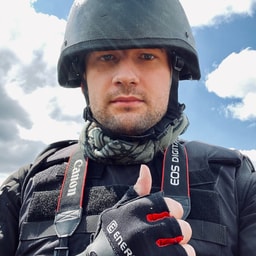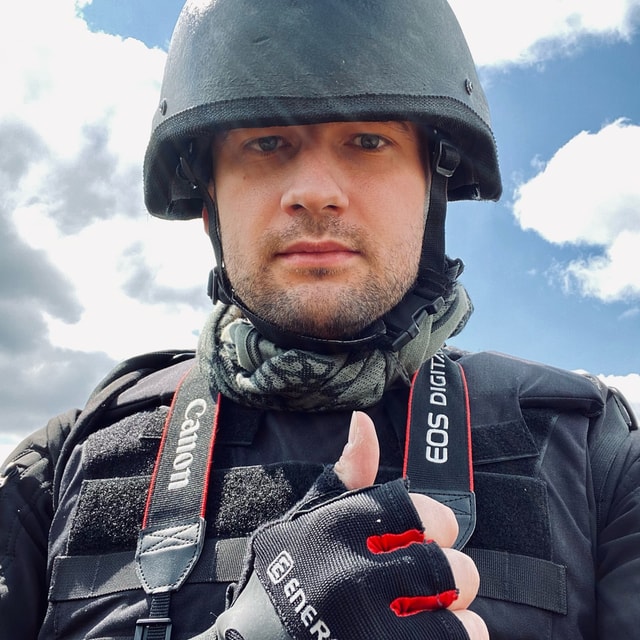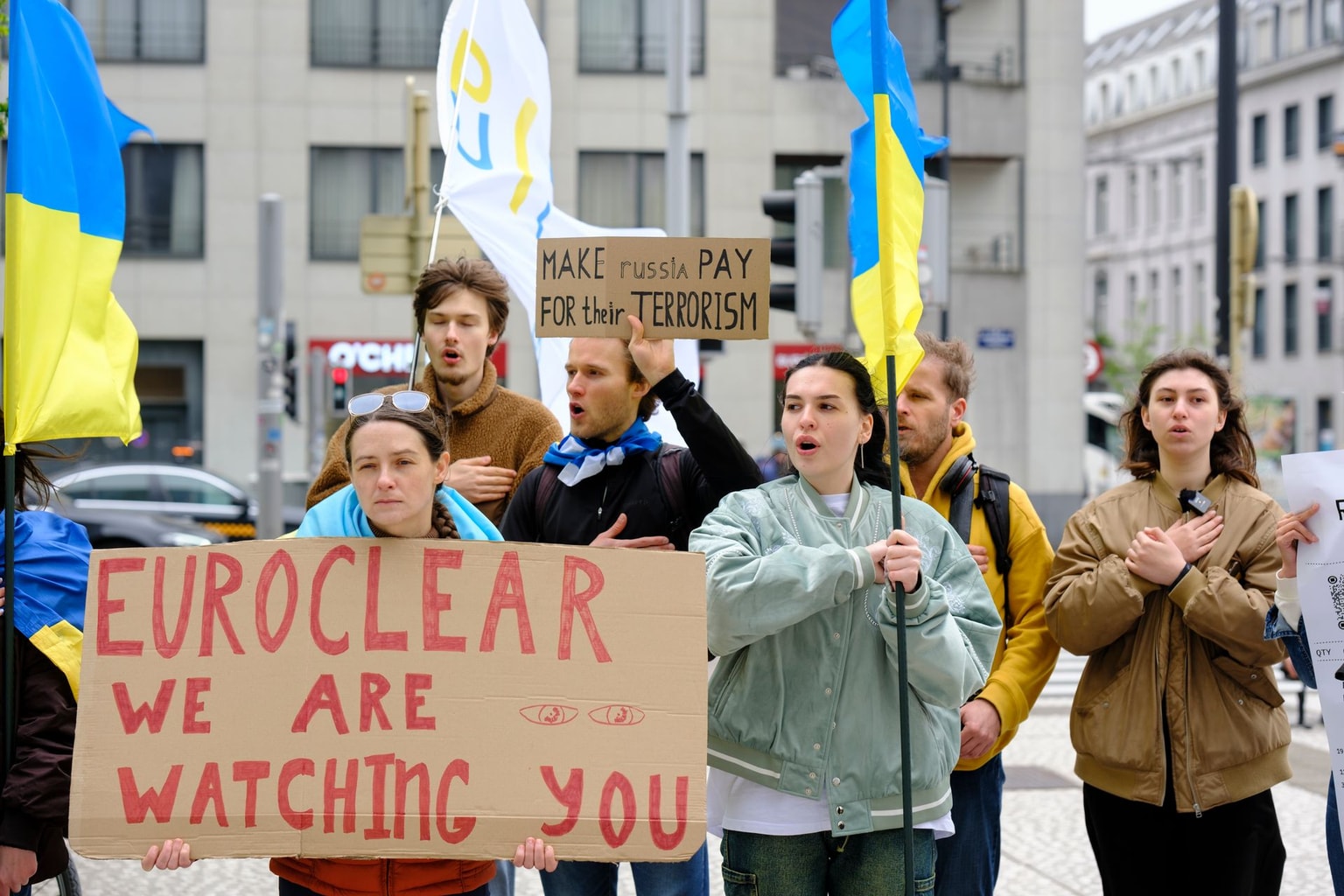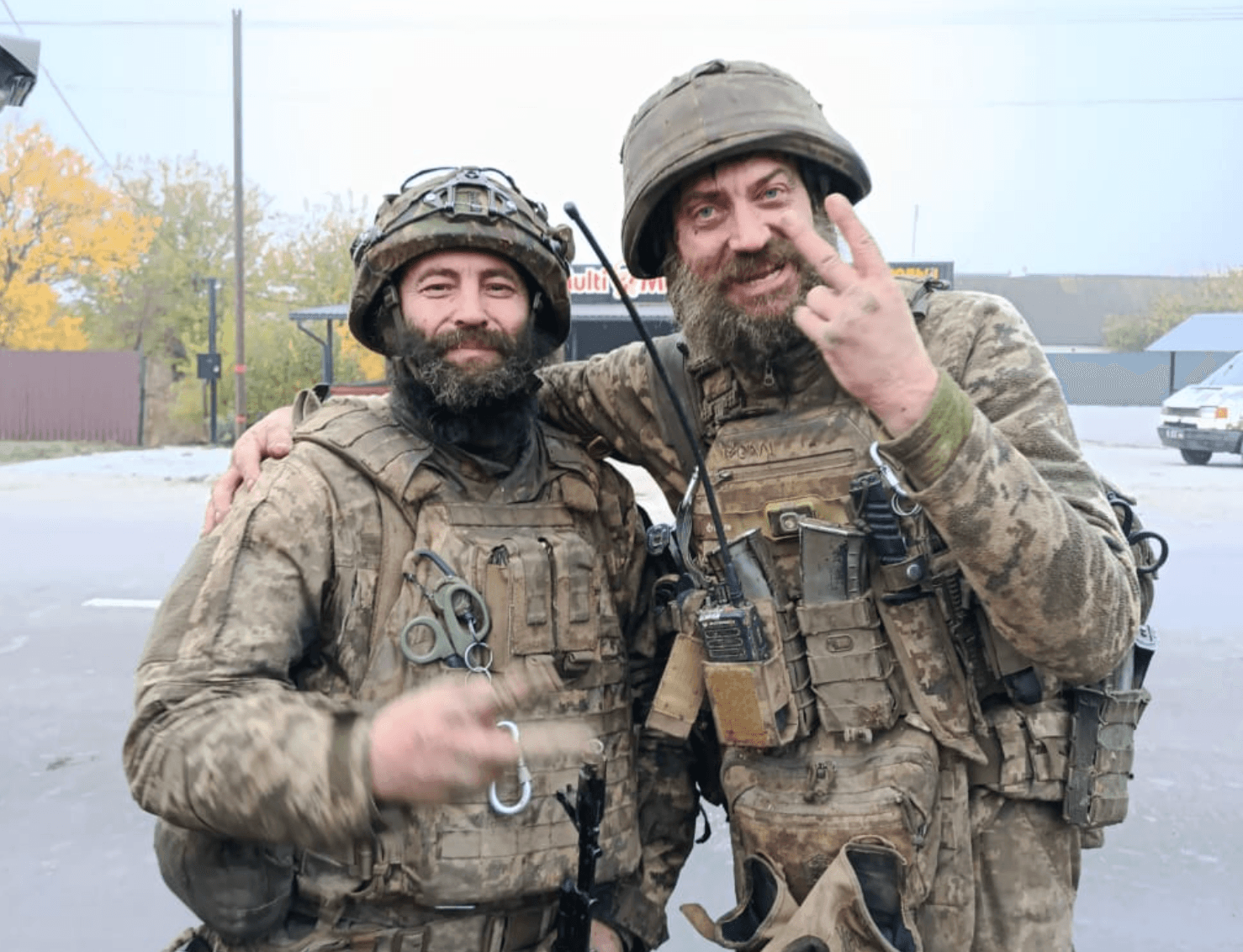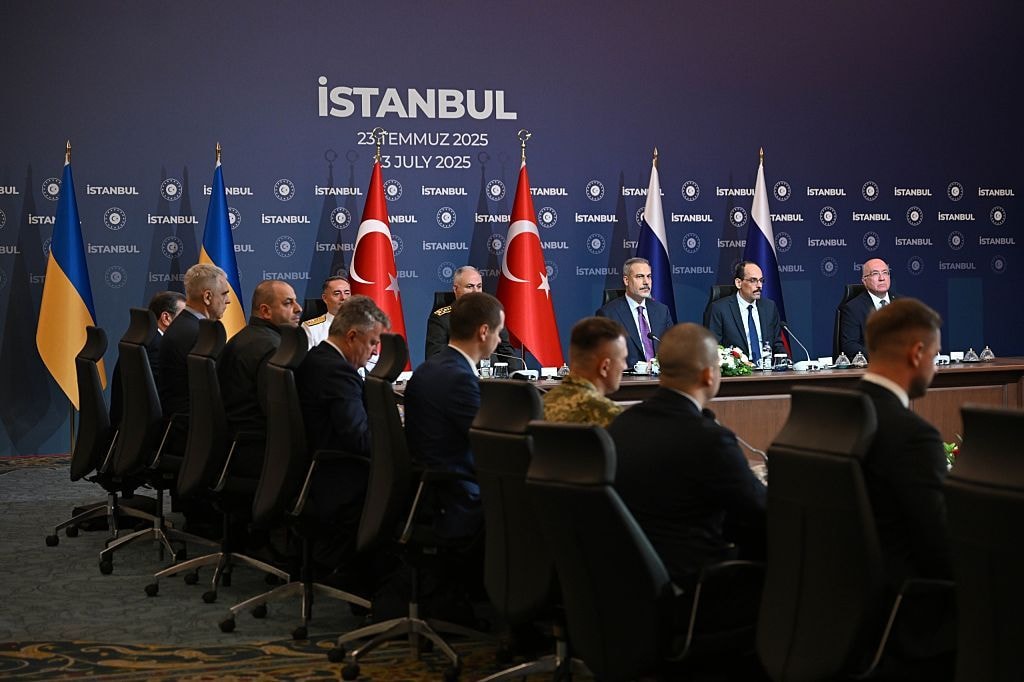What we know about US bunker busters sent to Ukraine
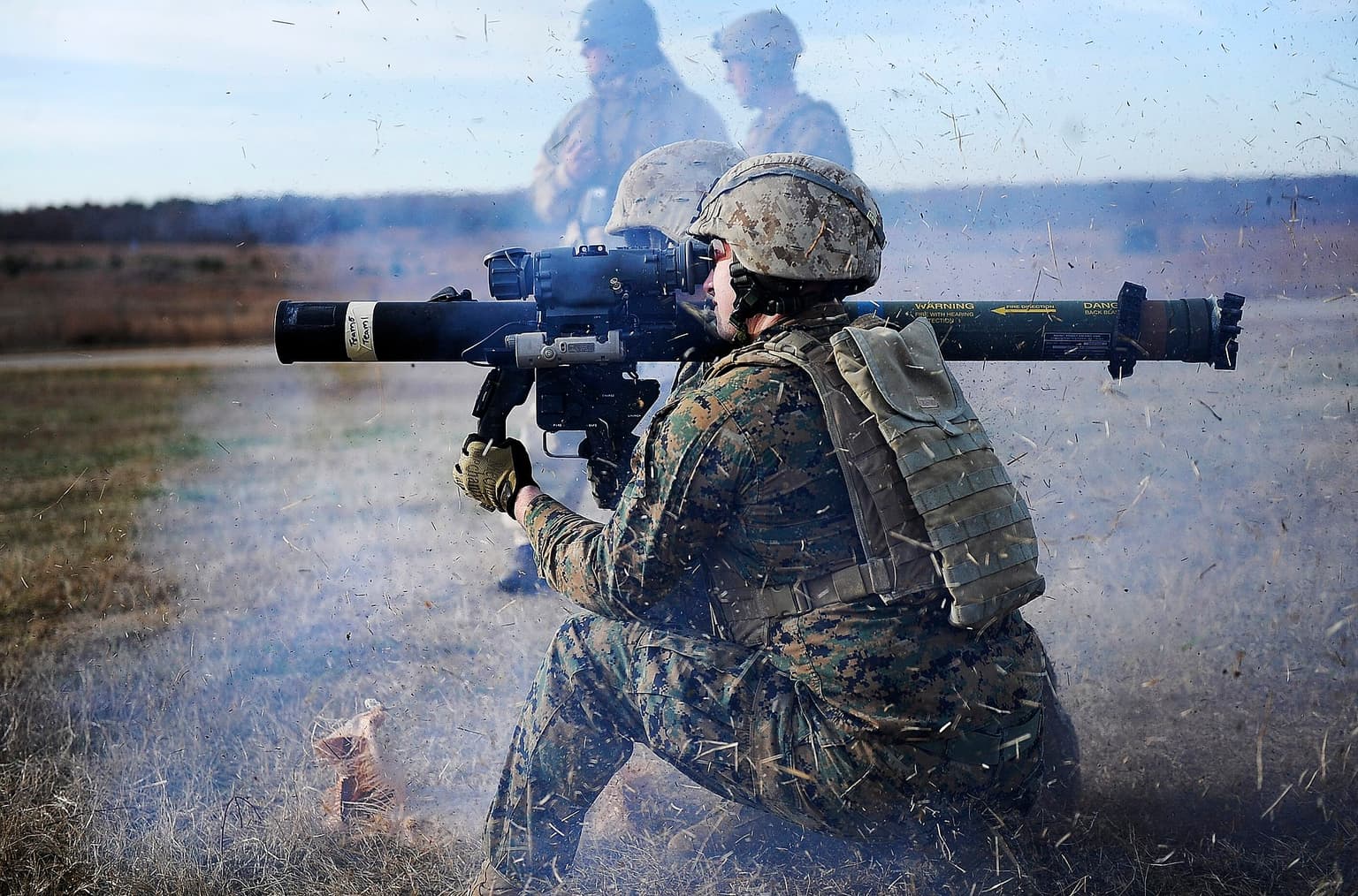
Allies in the West keep sending their emergency assistance to Ukraine, including extraordinary amounts of lethal weaponry, as Russia continues threatening a mass invasion.
Over the last few days, the United States alone, as part of its additional $200 million aid package, has sent nearly 700 FGM-148 Javelin missiles and, upon various estimates, between 100 and 200 M141 anti-fortification weapons to give Ukraine's military a fairer chance to resist the Russian army.
The third and the latest shipment arrived in the country on Jan. 25, and, according to Ukraine's Defense Minister Oleksii Reznikov, yet another air bridge arrival from the U.S. is expected in the nearest time.
Since 2018, Ukraine has been no stranger to Javelins, with the weapons becoming the holy grail of Ukraine's defense community. But the delivery of new M141s, also known as SMAW-Ds, was met with a special interest, as an exotic novelty for Ukraine.
So what do we know of these U.S.-made bunker killers now in service of Ukraine's defense against an aggressive military power?
SMAW-Ds are single-shot, shoulder-launched weapons designed to crush field fortifications and hardened structures.
Incepted in the late 1990s, they were a modification of the Mk 153 Shoulder-Launched Multipurpose Assault Weapon (SMAW), a grenade launcher operated by the U.S. Marine Corps.
The SMAW-D (where D stands for "disposable") was designed by McDonnell Douglas, now part of Boeing, for the U.S. Army as special anti-fortification infantry weaponry.
The Bunker Defeat Munition (BDM) can also be employed against lightly-armored vehicles.
In its carry mode, the weapon is 810 millimeters long, while when ready to fire, it is extended to 1,400 millimeters. SMAW-D weights a little more than 7 kilograms, and its 83-millimeter projectile can strike targets at distances between 15 and 1,000 meters at the speed of 220 meters per second.
The Highly Explosive Dual Purpose (HEDP) warhead, as the title suggests, can be switched between engaging either hard or soft targets.
When encountering a hard target, such as an armored vehicle, or a concrete bunker, the projectile detonates immediately, causing significant damage.
When used against soft targets, such as a heap of sandbags covering hostile troops, a BMD delays its detonation until it is buried deeper in the cover. What follows is the thermobaric explosion of a mixture of explosive fuel and the air inside the penetrated fortification.
According to developers, a SMAW-D projectile can penetrate up to 25 millimeters of armor, or 200 millimeters of concrete, or 300 millimeters of brick, or 2.1 meters of sandbags.
Moreover, according to Ukraine's military, even when engaging heavily fortified targets, part of SMAW-D's hyperthermal aerosol can penetrate bunker gun slots and cause significant damage to enemy manpower.
As for the weapon's combat record, it is known that they were used by U.S. Army Rangers in Afghanistan against the radical Islamist movement Taliban, as well as Al-Quaeda militants, lurking in fortified caves of Tora Bora mountains.

